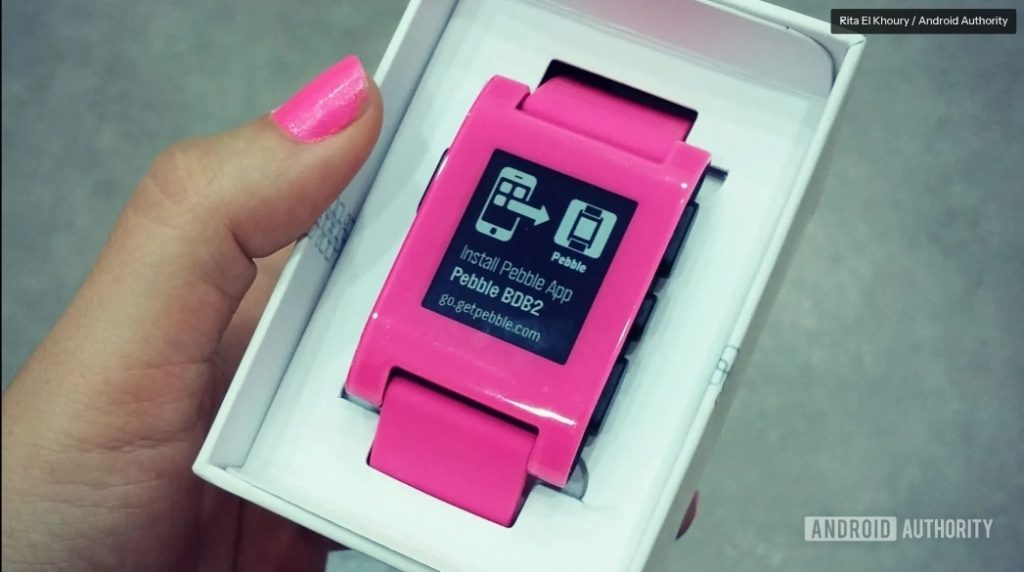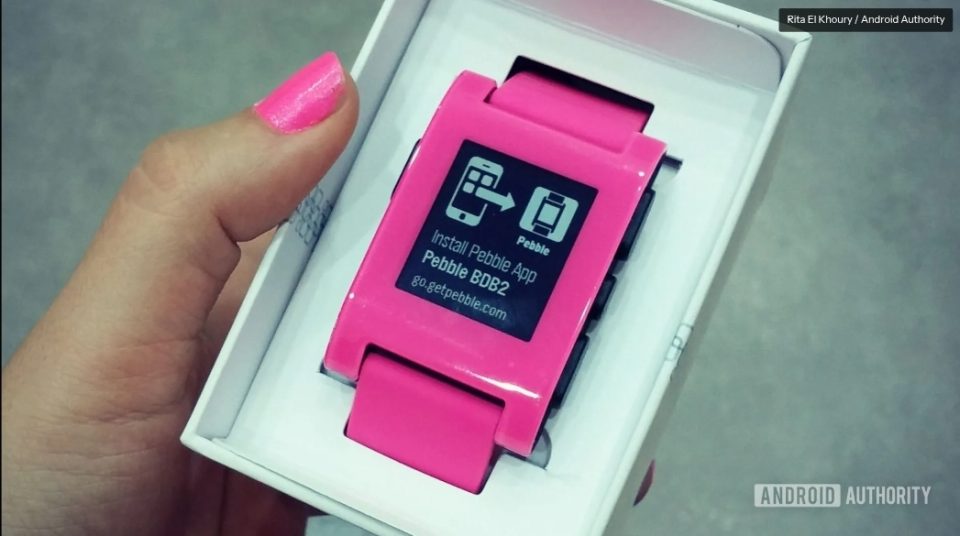Reimagining Pebble Smartwatches with Pebble OS Open Source: A CX-Driven Wishlist
This week, Google made headlines by releasing the source code for Pebble OS. Originally developed for one of the most beloved cult-favorite smartwatches, the code has been dormant since Google acquired Fitbit, which had previously bought Pebble. Eric Migicovsky, Pebble’s founder, pushed Google to release the code, and to the delight of many fans, they did. Eric has hinted at plans to create a new Pebble smartwatch, sparking excitement among enthusiasts.
However, the smartwatch market has evolved dramatically since Pebble’s first release in 2013. While nostalgic memories of my old Pebble linger, I remember its limitations on the tiny, button-only, e-paper display. If a new Pebble is on the horizon, here’s my CX-focused wishlist for what I hope to see in the next iteration.
Focus on the Core Audience
Pebble’s initial success stemmed from targeting a niche community of geeks and tinkerers. Eric Migicovsky has acknowledged that Pebble lost focus by attempting to compete with the Apple Watch for a broader audience. This misstep diluted Pebble’s core appeal, and the company struggled to keep up.
The new Pebble should embrace its roots and cater to its original audience—tech-savvy enthusiasts. Forget the mass market; Apple, Samsung, and Google dominate that space. Instead, the new Pebble should prioritize its community of hackers, developers, and nerds who value customization and innovation.
Keeping the project open-source would cement this commitment to the community. Open-source software allows passionate developers to continuously update and improve the platform, ensuring its longevity regardless of corporate decisions. If the community has access to the source code, Pebble could remain relevant for decades.
Design for Tinkerers
Pebble fans value customization, not just in software but in hardware too. A modular approach, similar to the CMF Phone 1, would resonate with the target audience. While a fully modular smartwatch might be impractical, allowing users to switch covers, buttons, or crowns would add significant value.
The original Pebble’s plasticky, no-frills design wasn’t for everyone, but its durability and uniqueness won over loyal fans. The new version doesn’t need to mimic luxury watches; instead, it should embrace the same nerdy, indestructible ethos. A design reminiscent of a Casio calculator and a Game Boy would delight enthusiasts.
Commit to ePaper and Long Battery Life
Pebble’s original ePaper display was one of its standout features. The reflective LCD panel performed exceptionally well outdoors and offered incredible battery life. Modern smartwatches boast vibrant AMOLED displays, but they require daily charging.
A new Pebble must prioritize long battery life over flashy displays. Charging once a week, as the original Pebble allowed, should be a non-negotiable feature. Anything less would alienate its core audience and risk the product’s success.
Enhanced Controls with Buttons and a Digital Crown
Modern smartwatches often rely on touchscreens, but Pebble should reconsider this trend. Physical buttons were a hallmark of the original Pebble, providing reliable navigation even with gloves or wet fingers. Adding a digital crown could enhance usability, offering a seamless way to scroll through menus without relying on touch.
The digital crown, when paired with haptic feedback, creates a satisfying navigation experience. Combined with Pebble’s signature buttons, it would create a control scheme that feels intuitive and efficient.
Focus on Software Experience
Pebble’s software must prioritize simplicity and functionality. Essential features like notifications, music controls, and health tracking should work seamlessly across platforms. Integration with Google Health Connect and Apple Health would ensure compatibility for both Android and iPhone users.
Navigation features, such as GPS directions, are now indispensable. Whether walking, driving, or taking public transit, a smartwatch should offer reliable directions. The convenience of receiving vibrations for turn-by-turn instructions would significantly enhance the user experience.
Affordable, No-Frills Pricing
Smartwatch manufacturing is expensive, especially for niche products. However, Pebble must strike a balance between features and affordability to remain competitive.
The original Pebble succeeded because it delivered value at a reasonable price. A new Pebble should aim for a price range of $100–$150. Even at $200, it could attract buyers if it offers significant upgrades like reliable heart rate tracking and a well-built design.
Balancing Features and Simplicity
Pebble shouldn’t try to match the feature sets of high-end smartwatches. Instead, it should focus on delivering a streamlined, efficient experience. Enthusiasts would appreciate thoughtful compromises, such as replacing built-in GPS with connected GPS or using a digital crown instead of a touchscreen.
Health tracking features like accurate heart rate monitoring are essential in today’s market. Additional sensors, like ECG or SpO2, would be welcome but not mandatory. By keeping the feature set lean, Pebble can maintain its affordability while meeting the needs of its target audience.
Conclusion: Crafting a Unique Experience
The smartwatch landscape is crowded with competitors offering sleek designs, vibrant displays, and comprehensive health tracking. Pebble doesn’t need to compete directly with these brands. Instead, it should focus on creating a unique, no-frills smartwatch tailored to its original audience.

By embracing open-source principles, prioritizing long battery life, and delivering a customizable design, Pebble can carve out its own niche once again. A Pebble revival has the potential to reignite the passion of its loyal fanbase while attracting a new generation of enthusiasts.
What features would make you consider buying a new Pebble watch? Share your thoughts and join the conversation!


